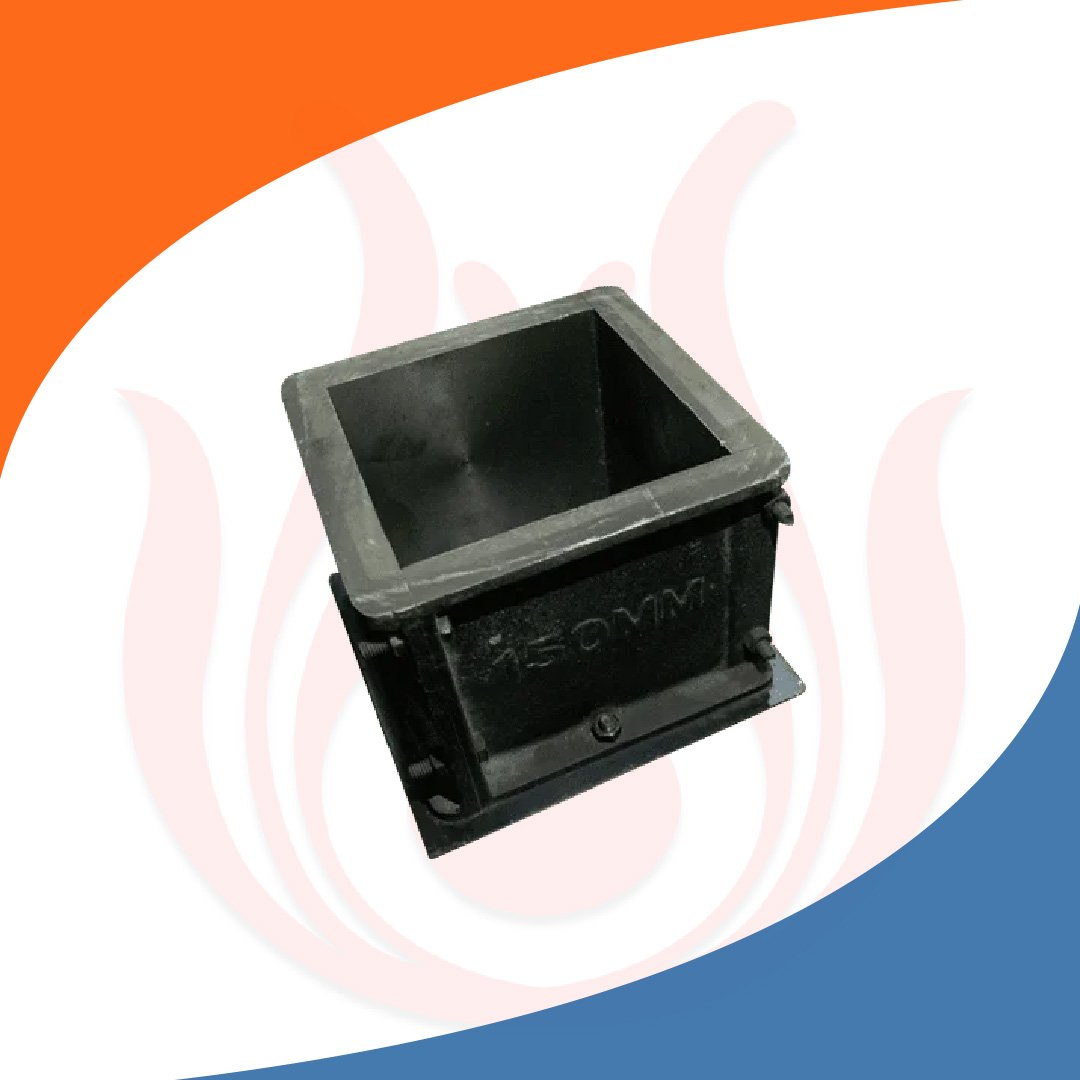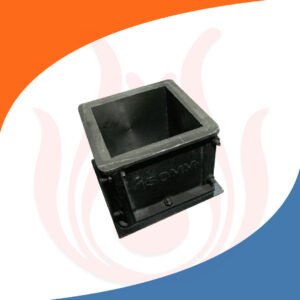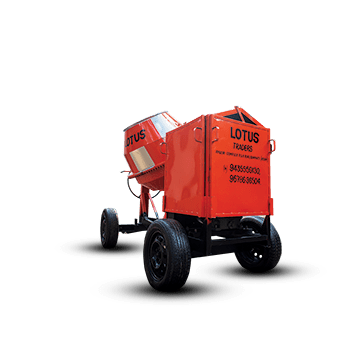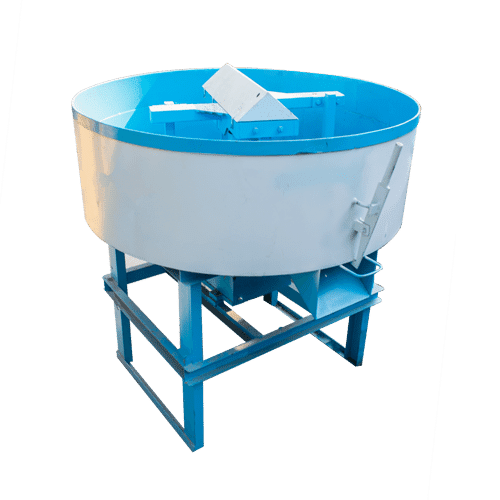Cube Mould Non ISI
- High Quality Materials
- Compliance With Standards
- Clear Product Information
- Warranty & Support
- Product Testing & Certification
- Delivery & Policy
- Ask a Question
- Estimated Delivery: 5 Days – 10 Days
Information About Cube Mould Non ISI:
What Is a Cube Mould Non ISI?
A crucial piece of equipment for building testing is the Non ISI cube mould which is used to create concrete cubes for experiments aimed at evaluating their strength and quality control. When we talk about a cube mould non ISI model, we usually mean that the cube mould does not adhere to the Bureau of Indian Standards’ (BIS) standard specified specifications.
This non ISI compliance could happen due to various reasons, such as it did not follow the ideal manufacturing process or that it has not undergone thorough testing required for bearing the ISI mark. Nevertheless, that does not mean the non ISI cube mould is a useless product; in fact, it is still reliable construction testing equipment for various applications.
However, users who choose to opt for the non ISI cube mould should be careful and understand the prime responsibilities and limitations of their purchased product!
Key features of Cube Mould Non ISI
A Non ISI cube moulds key features are:
Made of steel or cast iron: This gives the mould resilience to the high temperatures and pressures generated during the casting process as well as strength and longevity.
Internal faces of the machining plane: This ensures the concrete cubes smoothness and size precision which is required for accurate compressive strength testing.
To make things easier, divide into two sections: It makes it easier to take out the concrete cube from the container without breaking it.
Base plate: This ensures that the mould is cast and cured consistently and flatly.
The manufacture of a concrete cube with a cubic shape is ensured by right angled internal angles which are required for accurate compressive strength testing.
Non ISI cube moulds may also contain the following extra features:
1. An oiled surface which facilitates mould removal by keeping concrete from adhering to the mould.
2. Spring loaded clamps or clamps that join the two components of the mould: These prevent leaks and keep the mould airtight.
3. Controls: These enable the moulds to be moved and transported more easily.
To test the compressive strength of concrete, non ISI cube moulds are commonly utilized in labs and construction sites. In order to instruct students about concrete testing and construction techniques, they are also employed in educational contexts.
Benefits of Cube Mould Non ISI
Compared to ISI cube moUlds, Non ISI cube moulds provide a number of benefits.
Effectiveness in terms of cost: Generally speaking, Cube Moulds Non ISI are less expensive than those using the Cube Mould ISI. This makes them a more affordable option for testing facilities, construction sites and educational institutions in impoverished countries.
Availability: Non ISI cube moulds are offered by a number of suppliers. This enables them to be accessed even from remote locations. done
Usability: Maintaining and using Non ISI Cube Moulds is simple. Additionally, they are transportable and reasonably lightweight. Endurance: Materials like cast iron or cast steel are used to make Non ISI Cube Moulds for their durability. The high temperatures and pressures produced during the casting of concrete are thus capable of withstanding them.
Precision: Non ISI Cube Moulds are produced with exact tolerances. This guarantees the production of precise sized and precisely shaped concrete cubes which is necessary for precise compressive strength testing.
Apart from these benefits, non ISI cube moulds have the capability to test a greater variety of concrete mixes in comparison to ISI marked cube moulds. This is a result of the fact that cube moulds without the ISI logo are not bound by the same stringent dimensional specifications.
All things considered, Non ISI Cube Moulds have several benefits including as availability, price, simplicity of use, accuracy and durability. In developing countries, they are a fantastic choice for labs, building sites and educational institutions.
Additional advantages of non-ISI cube moulds include the following:
Versatility: There are other uses for non-ISI cube moulds such as evaluating the compressive strength of bricks, mortar and concrete. Additionally, they can be used to create concrete specimens for testing purposes like flexural and tensile strength tests.
Customizability: Non-ISI cube moulds can be altered to accommodate the users unique requirements. Non-ISI cube moulds for instance can be produced in a variety of sizes and shapes to suit various kinds of concrete examples.
Repairability: If non-ISI cube moulds sustain damage, they are able to be fixed. In the long term, this makes them a more economical choice than throwaway cube moulds.
Uses of Cube Mould Non ISI
The most popular application for Non ISI cube moulds is testing the compressive strength of concrete.
- Non ISI cube moulds can be used for a number of purposes. The compressive strength of concrete cubes is measured by compressing them in a machine after they have been cast in a mould. With the use of this data, it will be possible to make sure that the concrete satisfies the necessary strength requirements for the planned use.
- Testing the compressive strength of bricks and mortar: Another method for testing the compressive strength of bricks and mortar is to utilize Non ISI cube moulds. By using this information, it will be possible to verify that the materials in question satisfy the necessary strength requirements for the intended usage.
- Making concrete specimens for different kinds of testing: Concrete specimens for tensile and flexural strength tests. For example, can also be made using Non ISI cube moulds.
- Research and development: In order to create novel concrete kinds and examine the impact of various factors on the compressive strength of concrete Non ISI cube moulds are also utilized in this process.
- Education: Students are taught about concrete testing and construction techniques in educational settings through the use of Non ISI cube moulds.
Here are some specific examples of how Non ISI cube moulds can be used:
· A construction company can test the compressive strength of the concrete utilized in a project by using Non ISI cube moulds.
· For quality control purposes, a laboratory can test the compressive strength of concrete samples using non ISI cube moulds.
· A university can instruct students in concrete testing and construction techniques using Non ISI cube moulds.
· Non ISI cube moulds can be used by researchers to create new concrete varieties or to examine how various factors affect the concretes compressive strength.
How Cube Mould Non ISI works?
The way Non ISI cube moulds function is by offering a precise and steady surface on which to cast concrete cubes. The two halves of the mould which is composed of sturdy materials like cast iron or steel are secured together by clamps or springs. To guarantee that the concrete cube produced is precise in size and smooth, the interior faces of the mould are machined plane.
The procedures listed below are usually followed while using a Non ISI cube mould:
1. A level surface is used to place the mould.
2. To stop the concrete from sticking, the moulds two sides are opened and the interior is lubricated.
3. After the concrete mix is added to the mould, it is compacted until the top of the mould is reached.
4. The moulds two sides are sealed and firmly attached together.
5. The mould is left to cure for the necessary length of time either beneath damp burlap or in a curing room.
6. After the concrete has dried, the concrete cube is taken out by opening the two mould halves.
Subsequently, the concrete cube undergoes testing in a compression testing apparatus to ascertain its compressive strength. An indicator of the concrete cubes resistance to compressive loads is its compressive strength.
Conclusion
When a cube mould is marked as <Non-ISI>, it usually indicates that it lacks the official certification from the BIS or another national standards organization. A products compliance with particular quality and safety criteria established by the certifying body is shown by an ISI certification.
Although ISI certification might serve as a guarantee of quality, a cube moulds lack of certification does not always indicate low quality. On the other hand, it can suggest that the mold has not gone through the ISI certification testing and verification procedure.
The applicable local rules and laws controlling building supplies and testing apparatus in your area should be taken into account if you plan to use cube moulds for construction and testing. Your test results accuracy and dependability as well as their compliance with industry standards can be enhanced by using certified equipment where necessary.
- DESCRIPTION
FEATURE | SPECIFICATION |
Size | Different size available |
Material | Metal |
Shaping Mode Type | Cube |
Operating Mode | Manual |
Accuracy | +/- 0.2 mm |
Inch | +/-0.01 |
















